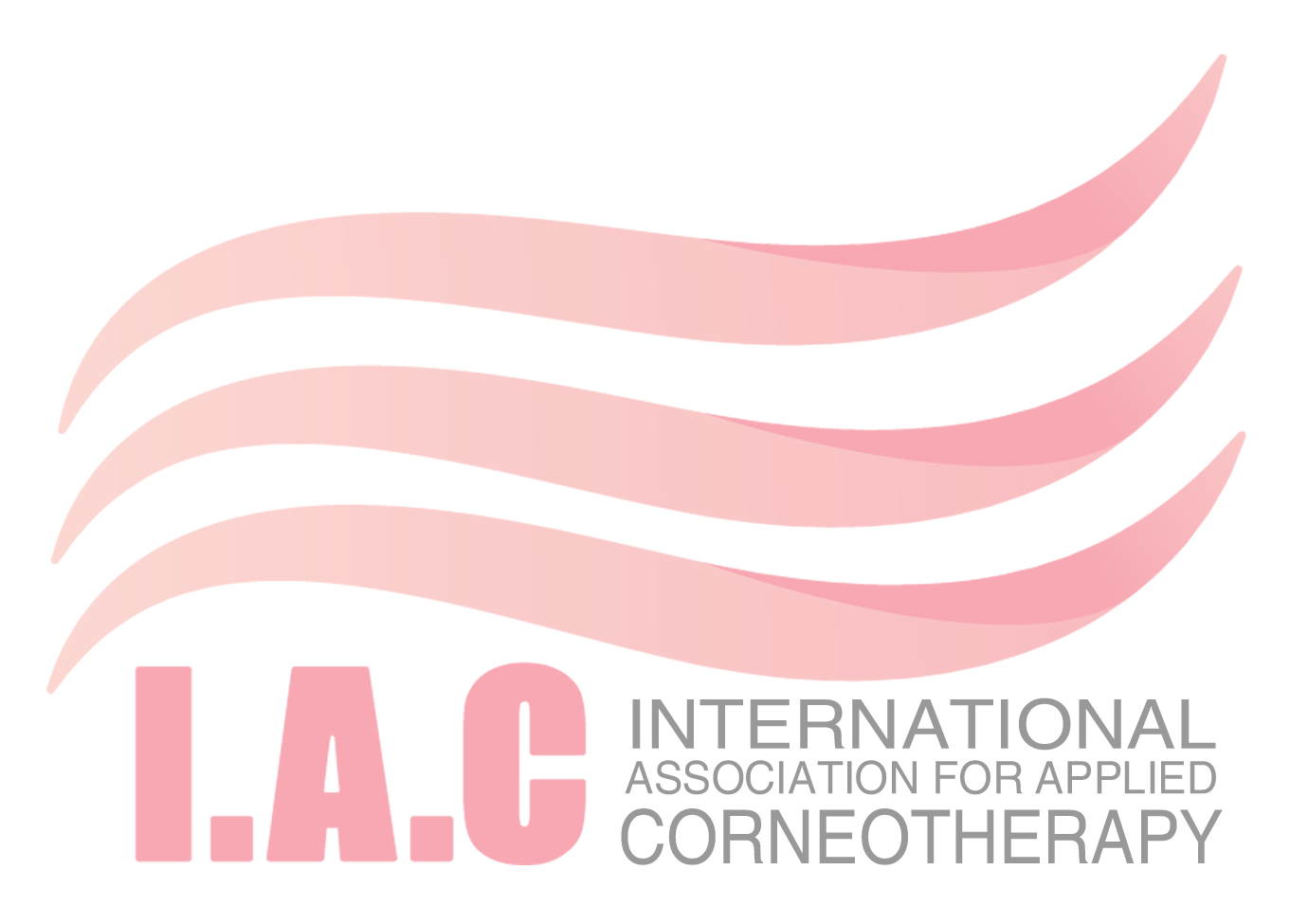Skin colouring factors
Human skin colour is determined by exogenous and endogenous factors. The exogenous factors include, for example, carotenoids, which, when taken orally in high doses, cause a temporary orange-brown colouration of the skin. [1]
The endogenous ones include the biological skin pigment melanin, AGE (advanced glycation endproducts) and lipofuscin. Melanin and its expression are genetically determined and largely determine skin colour from birth. AGEs are the cellular products of increased glycation ("saccharification") of proteins and nucleic acids in old age. These mainly lead to agglutination of the collagen and elastin fibres, but they also sometimes lead to brownish discolouration of the skin. [1, 2, 3]
Lipofuscin consists of oxidised, cross-linked protein and lipid aggregates that accumulate in postmitotic cells that are no longer able to divide. Analytical studies have shown that these aggregates consist of 30-70% lipids and 20-50% proteins. They appear on the skin as brownish age spots. Another name for lipofuscin is therefore "wear pigment". [2, 4]
![Fig.1. Age spots on the back of the hand (lentigo senilis) [5] Fig.1. Age spots on the back of the hand (lentigo senilis) [5]](https://dermaviduals.de/cms/upload/bilder/Publikationen/Lentigo_senile.jpg)
Fig.1. Age spots on the back of the hand (lentigo senilis) [5]
The postmitotic cells
Mitosis refers to the asexual division of cells. Cells cannot divide an infinite number of times. At the end of their ability to divide, they take on a senescent (Latin senescere = to age) form. The postmitotic cells drop out of the cytokinetic (ancient Greek kytos: cell and kinesis: movement) cycle, but retain their metabolic functions. [2, 4, 6]
The proteasome
In senescent cells, metabolic waste products are deposited over time. Functionless proteins that have been damaged by oxidation are of particular importance. [2] Within the cells, the proteasome is mainly responsible for removing defective protein structures. It is a multicatalytic enzyme complex that enzymatically splits the proteins into smaller fragments, which are then further degraded in the cytosol. If the fragments are not completely disposed of in the cells, they accumulate. [7]
Lipofuscin
The protein fragments react with cell components, among others, to form complex, net-like structures involving lipids, nucleic acids and carbohydrates. The insoluble complexes are called lipofuscin and are dark brown to blackish yellow in colour. As lipofuscin is deposited, the activity of the proteasome is impaired, which conversely leads to the increased formation of lipofuscin. [2,8]
Occurrence
Within the human body, lipofuscin is found in various cell types, such as the heart, liver, kidneys, neuronal and skin cells. While they are only perceived as visually disturbing on the skin, the deposits elsewhere in the body, on the other hand, have serious effects. Lipofuscin deposits in the retinal pigment epithelium are causally responsible for the degeneration of the macula and can lead to blindness in severe cases. In contrast, short-lived cells that divide frequently, such as those of the bone marrow or mucous membranes, prevent the accumulation of lipofuscin by increasing the rate of cell division. [9]
Skin care
Liposomal Sodium Ascorbyl Phosphate (INCI) applied to the skin is enzymatically cleaved in the skin, where it is converted into free vitamin C. Used in preventive care, this inhibits oxidative processes in the skin that lead to discolouration. The native, skin-physiological phosphatidylcholine used for the liposomes acts as a penetration enhancer. Sunscreens with lamellar structures of hydrogenated phosphatidylcholine are suitable for protection against UV radiation and the associated increased oxidative stress in the skin. In addition to UV protection, they also serve to support the lipid bilayers of the skin barrier.
Literature
- P. Fritsch, Dermatologie und Venerologie: Lehrbuch und Atlas, Springer-Verlag, Berlin 2013, ISBN 978-3662217719
- G. Jacobi et al., Kursbuch Anti-Aging, Georg Thieme Verlag KG, Stuttgart 2005, ISBN 978-3-13- 139091-2
- C. Chen et al., Frontiers in Medicine 2022 (9), 1-17
- A. Skoczynska et al., Advances in Dermatology and Allergology 2017 (2), 97-103
- Alain Gérard, CC BY-SA 4.0, via Wikimedia Commons
- W. Janning, E. Knust, Genetik: Allgemeine Genetik – Molekulare Genetik – Entwicklungsgenetik, Georg Thieme Verlag, Stuttgart 2004, ISBN 978-3131287717
- R. Lüllmann-Rauch, F. Paulsen, Taschenlehrbuch der Histologie, Georg Thieme Verlag KG, Stuttgart 2012, ISBN 978-3-13-129244-5
- T. Grune, Hautarzt 2003 (54), 818-821
- T. Jung et al., Annals of the New York Academy of Sciences 2007 (1119), 97-111
Anne Schieferecke |







![Fig.1. Age spots on the back of the hand (lentigo senilis) [5] Fig.1. Age spots on the back of the hand (lentigo senilis) [5]](https://dermaviduals.de/cms/upload/bilder/Publikationen/Lentigo_senile.jpg)